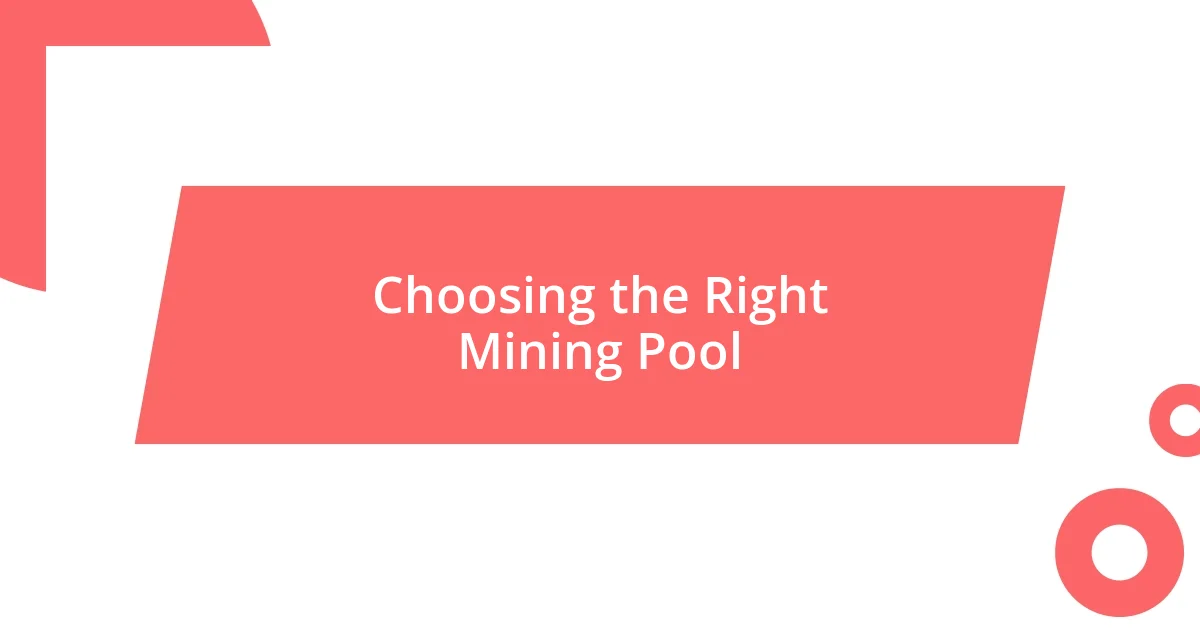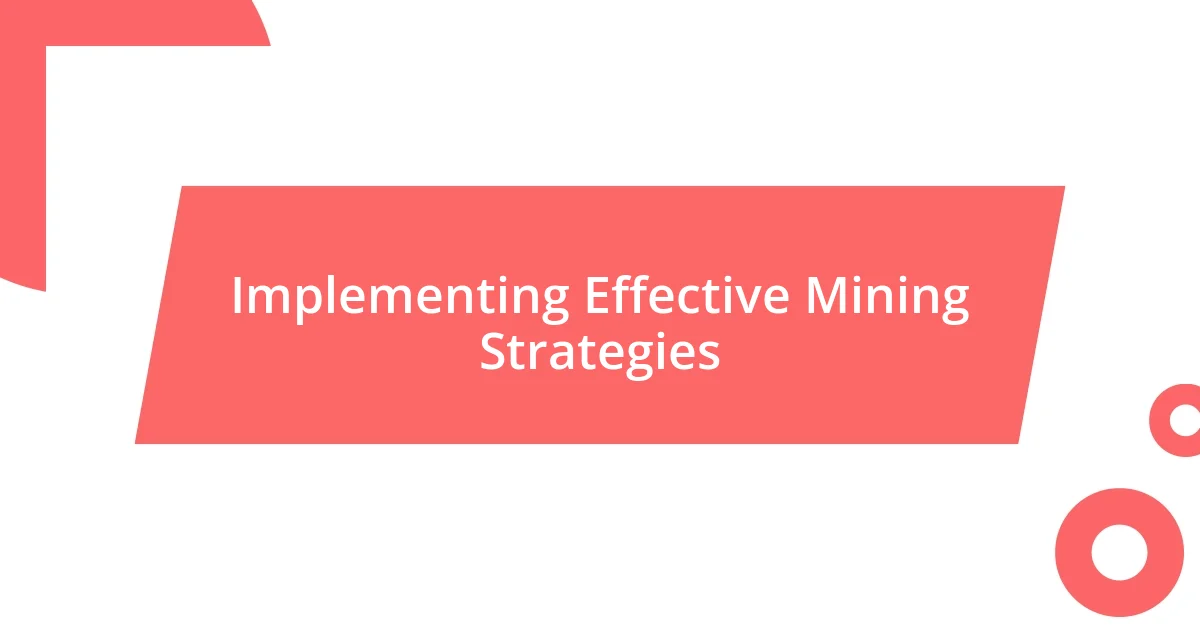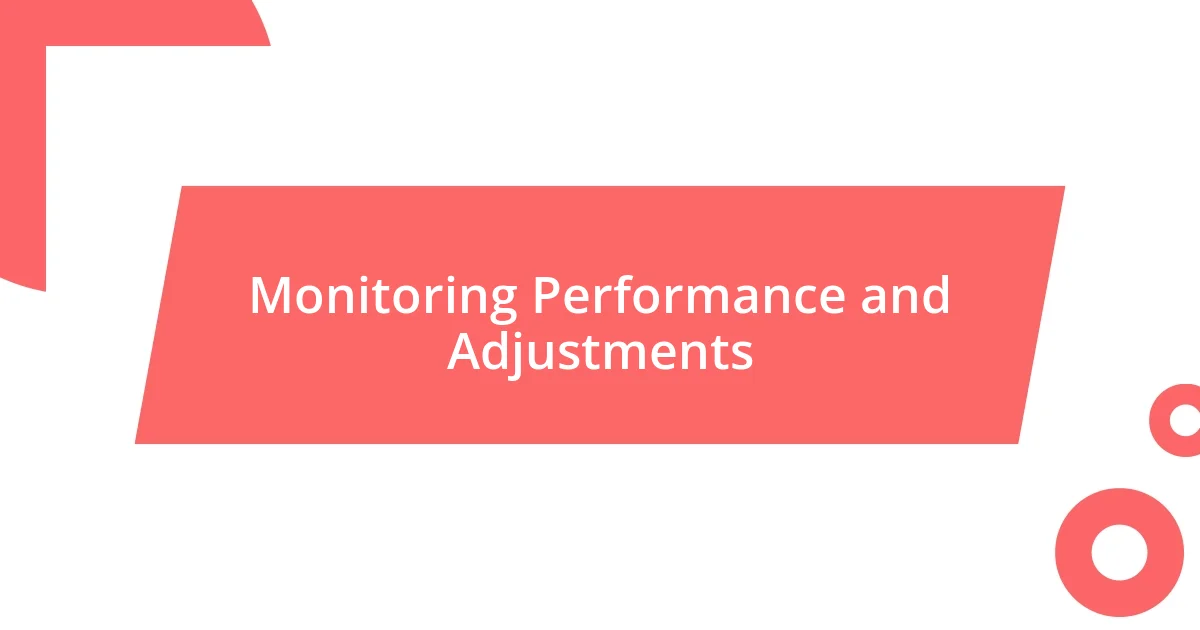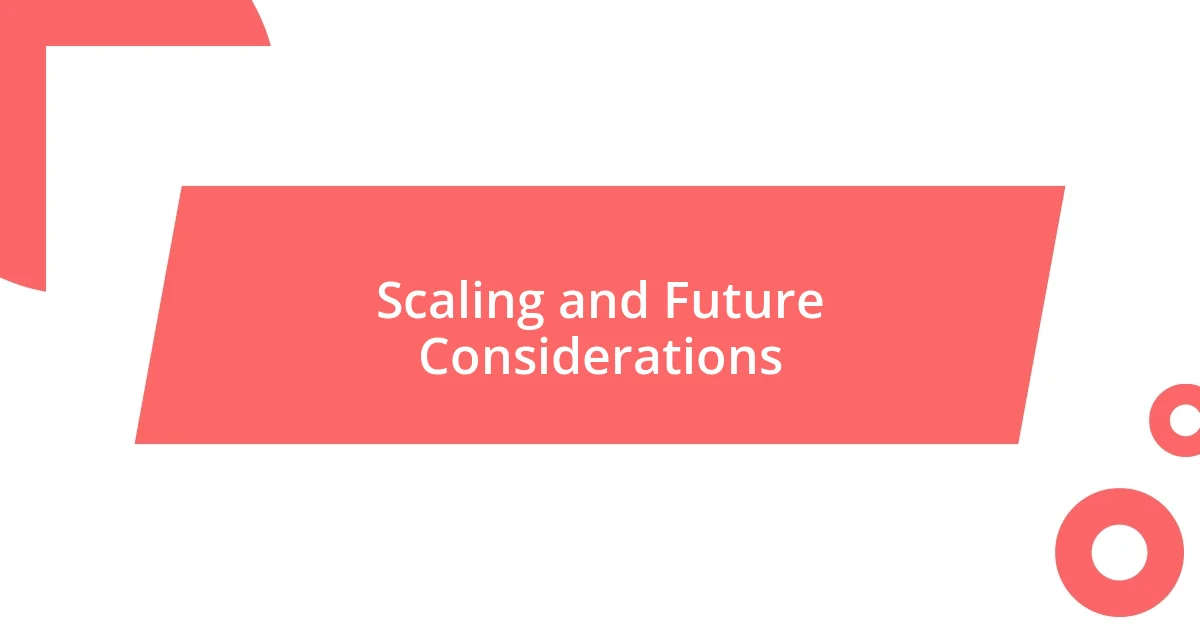Key takeaways:
- Joining a mining pool enhances community support, resource sharing, and overall enjoyment in cryptocurrency mining.
- Understanding and analyzing pool fees, payout structures, and hash rates are crucial for maximizing earnings and selecting the right mining pool.
- Continuous performance monitoring, strategy adjustment, and community engagement are essential for successful mining and future scalability.

Understanding Mining Pool Basics
Mining pools can seem overwhelming at first, but once you grasp the basics, it all starts to click. Essentially, a mining pool is a collaborative effort where multiple miners work together, combining their computational power to increase their chances of earning cryptocurrency rewards. I remember the first time I joined a pool—there was a real sense of community that took the edge off the initial anxiety.
Have you ever felt isolated while mining solo? In a pool, you share not only resources but also the rewards, which can make mining feel a lot less lonely. Each member contributes their hashing power, and once a block is successfully mined, the rewards are distributed based on each miner’s contribution. It’s not just about numbers; there’s a real team spirit that makes the process more enjoyable.
Understanding pool fees is also crucial. Most pools take a small percentage of your earnings as a fee, which is something I learned the hard way when I first started out. At one point, I chose a pool with a high fee thinking it would offer better service, but that decision cut into my profits significantly. By analyzing different pools, I started to see how fees can really impact your overall return on investment. So, always do your research before jumping in!

Choosing the Right Mining Pool
Choosing the right mining pool can feel like a daunting task, but it’s crucial for maximizing your rewards. When I first started, I didn’t realize how varying the pool’s payout structures could be. Some use the Pay Per Share (PPS) model, which promises fixed rewards, while others might offer Pay Per Last N Shares (PPLNS) that ties your payout more closely to the blocks the pool finds. Understanding these options made a significant difference in my earnings over time.
Another key factor is the pool’s geographical location. I remember switching from a pool based in Asia to one based in Europe, and it made a noticeable impact on my latency and connection stability. The closer the server, the faster your shares are submitted, resulting in a more fluid experience. This aspect often gets overlooked, but trust me, it can really enhance your mining efficiency.
Lastly, community involvement is vital. Some pools offer forums and active chats where you can share strategies or troubleshoot issues. The first time I joined a lively mining pool, I found it much easier to navigate challenges with the support of others. It was refreshing to exchange tips and celebrate small wins together, making the entire mining journey feel more rewarding.
| Factor | Description |
|---|---|
| Payout Structure | PPS offers fixed payouts; PPLNS ties rewards more closely to block discoveries. |
| Geographical Location | Closer servers mean reduced latency and faster share submissions. |
| Community Engagement | Active forums help with troubleshooting and sharing strategies. |

Analyzing Pool Fees and Rewards
Analyzing the fees in different mining pools was a game-changer for me. I initially thought lower fees equated to higher profits, but it requires a deeper understanding. I discovered that some pools with slightly higher fees provided better stability and more frequent payouts, which ultimately improved my overall returns. It felt like a light bulb moment when I realized that sometimes, paying a premium can lead to enhanced earnings.
When evaluating pool fees and rewards, consider these aspects:
- Fee Structure: Understand the percentage taken by the pool and how it compares to the rewards offered.
- Payout Models: Look into models like PPS or PPLNS; you’ll often find one is more beneficial depending on your mining frequency.
- Consistency of Rewards: Analyze how often the pool pays out—some may have lower fees, but infrequent payouts can affect cash flow.
- Reputation and Reviews: Engage with fellow miners online. Their experiences can offer invaluable insights into which pools are truly worth it.
By diving deeper into these factors, I started making informed decisions rather than guessing, which greatly enhanced my mining strategy.

Evaluating Pool Hash Rates
Evaluating a pool’s hash rate is a critical step in optimizing your mining strategy. I remember when I first joined a pool; I was so focused on other factors that I nearly overlooked its hash rate. A pool’s hash rate indicates its processing power and, ultimately, its ability to solve blocks. It became clear to me that a higher hash rate usually means a better chance of earning rewards, as it can lead to more frequent block discovery.
I often ask myself: how does the pool’s hash rate compare with others in the market? After joining a new pool with a robust hash rate above 1 TH/s, I quickly noticed a spike in my earnings. Watching my rewards increase was exhilarating! It felt as though I was finally in the right place for optimal performance.
However, don’t just settle for the pool’s stated hash rate. I learned the hard way by staying with a pool that frequently underperformed during peak times. The fluctuations in hash rates due to network conditions can affect your mining results. It’s wise to research and engage with community feedback on real-time performance to ensure the pool maintains a reliable hash rate over time. Always remember, the data you consider today can influence your mining success tomorrow.

Implementing Effective Mining Strategies
When it comes to implementing effective mining strategies, staying adaptable has been crucial for me. Initially, I stuck to a single mining pool, thinking consistency was the path to success. However, I quickly realized that diversifying across multiple pools allowed me to spread risk and maximize rewards. It felt empowering to adjust my strategy based on real-time performance instead of locking myself into one choice. Have you ever felt stuck in a routine that holds you back? I know I have, and breaking free opened up opportunities I didn’t know existed.
Another game changer for my mining success was the meticulous tracking of my performance metrics. At first, I would simply pull up my earnings without understanding the broader picture. The moment I started documenting factors like uptime, share submission times, and my earnings relative to my hash rate, everything changed. Have you ever had that one moment where you wished you had paid closer attention? I found that small fluctuations in these metrics could significantly impact my rewards. This newfound awareness transformed mining from a passive activity to an engaging, analytical process.
Lastly, engaging actively with the mining community has been an invaluable strategy. I remember a time when I was lost in the sea of information and simply trying to navigate on my own. It wasn’t until I joined online forums and discussed strategies with other miners that I found clarity. Have you ever gained a fresh perspective from someone else’s experience? The advice and shared stories from fellow miners not only enriched my understanding but also provided emotional support during challenging times. This community aspect made my mining journey not just about profits, but also about shared knowledge and growth.

Monitoring Performance and Adjustments
Monitoring performance is where I believe real optimization starts. I make it a habit to check my mining stats regularly, looking beyond just the payouts. One particular week, I noticed that my expected earnings dropped significantly. Upon investigation, I realized the latency of my pool had increased drastically, affecting my profitability. This experience taught me that being proactive pays off.
I often reflect on the importance of adjusting my strategy based on performance data. For instance, I used to stick to a set mining schedule, assuming routine would balance everything out. But after some deep dives into my metrics, I discovered that mining during off-peak hours boosted my results. Have you ever felt the thrill of an unexpected surge in earnings simply by switching up your timing? That change not only revived my excitement but also made me more attuned to how dynamic the mining landscape can be.
Additionally, I’ve found that setting clear benchmarks helps direct my adjustments. After noticing lower-than-expected payouts for two consecutive weeks, I decided to reevaluate my mining pool choice. Comparing the performance against my benchmarks highlighted the need for a different pool that aligned better with my goals. It’s like adhering to a personal fitness plan: set your targets and adapt as necessary. Have you developed a performance framework that works for you? That’s been my key to continuous improvement.

Scaling and Future Considerations
As I considered the future of my mining pool strategy, scaling became a priority. I realized that simply expanding my operations wasn’t enough; I needed a robust plan to accommodate growth. Have you ever thought about how to effectively manage an increase in your mining capacity without compromising efficiency? I found that investing in better hardware was essential. It wasn’t just about adding more miners; it was about enhancing my overall infrastructure to handle heightened demands.
Looking ahead, community involvement stood out as a vital strategy for scaling. There have been moments when I felt overwhelmed by the rapid changes in the mining landscape. I began leveraging insights from my network, gathering tips on navigating these shifts together. Engaging with others has highlighted opportunities I wouldn’t have recognized alone, like collective mining ventures that allow us to share resources and boost profitability. How often do you turn to your network for support? I’ve learned that collaboration can be a powerful tool in facing future uncertainties.
Finally, I can’t underestimate the importance of continuous learning and adapting. I regularly immerse myself in emerging technologies and industry trends. On one occasion, I stumbled upon an innovative algorithm that promised to improve mining efficiency dramatically. Exploring these advancements has helped me stay ahead of the curve and fine-tune my strategy. Have you embraced the concept of lifelong learning in your mining journey? It’s become a pivotal part of my approach, ensuring my strategy evolves in sync with the fast-paced world of cryptocurrency mining.















